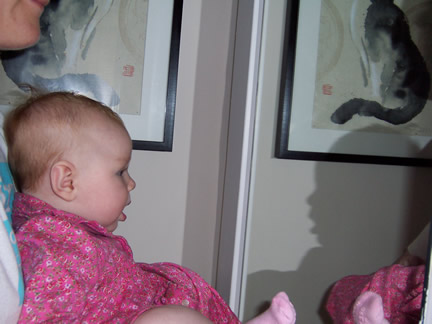Introduction
For me, saying white people can't dance has nothing to do with the typical answer that they don't have rhythm. I think the reason for it includes some parts of that, but also something more systemic or structural - race relations and learning cultural contexts.
Dancing is a language (in the way we think of, respond to and through language). Its movements are its words and its grammar is its rhythm. Don't get it twisted; rhythm and grammar are really one in the same. The dictionary defines rhythm as the procedural aspect of a beat or flow.[1] Procedural means the rules and regulations. There are rules and regulations for grammar (i.e. sentences have to have a subject and a verb: She cried.) Again dance is a language—means of expression. It probably is the most articulate form of body language. The analogy I am making here is that the body language we use when talking is also language, but it is what would be comparable to everyday speech. A dance move is comparable to a well-formed speech or lecture. Lastly, a dance performance is comparable to a paper, essay, poem, novel, book, etc.

 © Serendip® 1994 - 2025 All rights reserved. Privacy Policy
© Serendip® 1994 - 2025 All rights reserved. Privacy Policy



